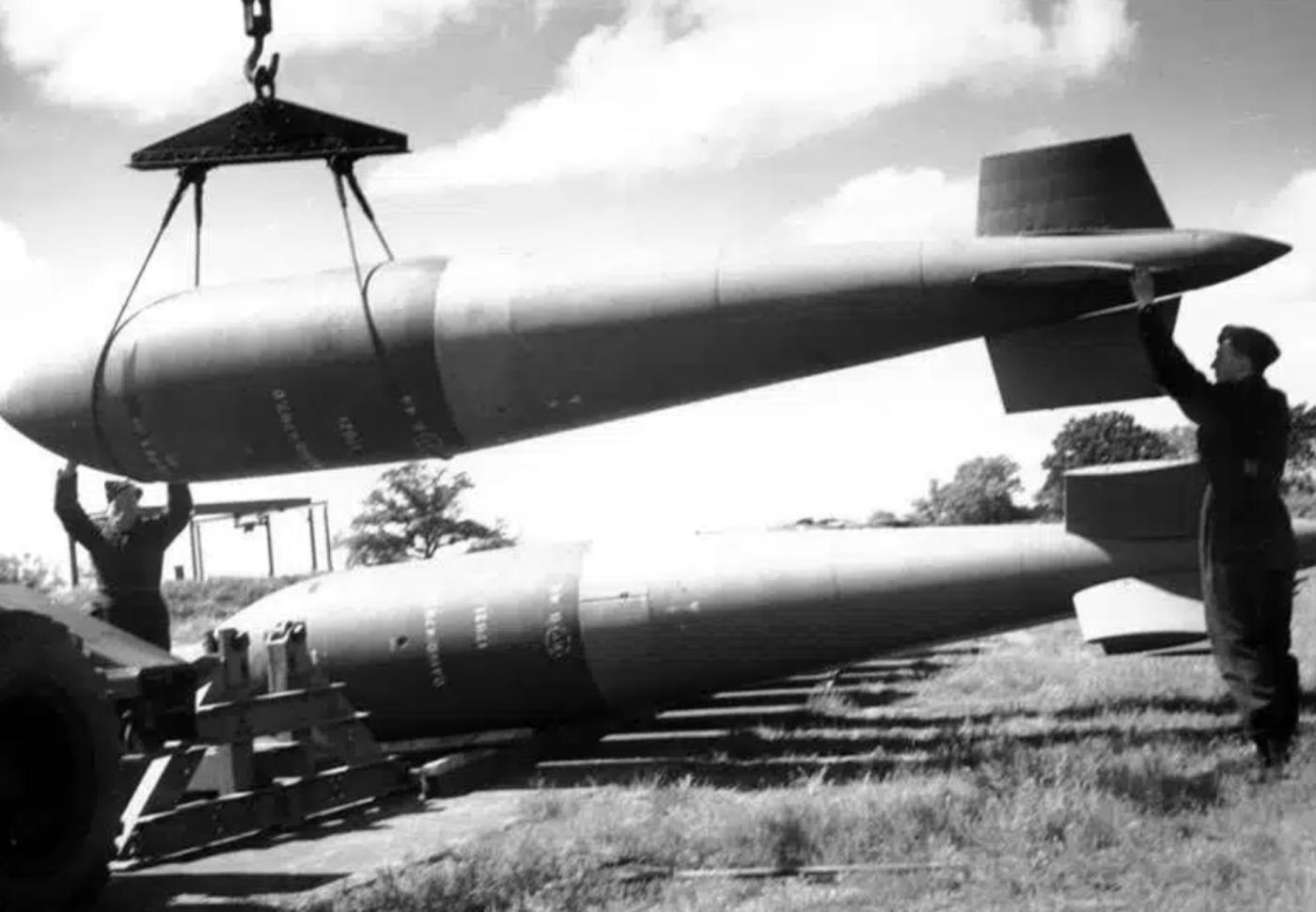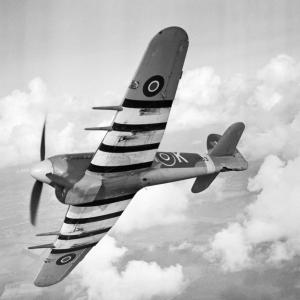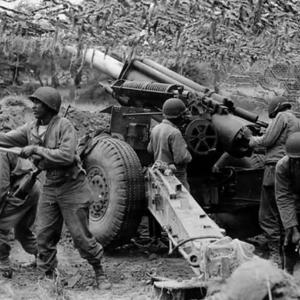
Tall boy bomb
The Tallboy bomb, one of the most significant innovations in aerial warfare during World War II, was a large "earthquake bomb" designed to penetrate hardened targets and destroy them through shockwaves and structural collapse rather than by direct blast damage. It was conceived by the British engineer and military strategist Barnes Wallis, who had previously gained fame for designing the bouncing bomb used in the Dambusters Raid. Wallis envisioned a new category of bombs that would defeat heavily fortified German targets, such as submarine pens and viaducts, which conventional munitions had failed to neutralize.
Wallis’s concept centered on aerodynamic efficiency and deep penetration. The Tallboy measured approximately 21 feet in length and weighed around 12,000 pounds (5,400 kg). Its streamlined shape, with a pointed nose and stabilizing tail fins, allowed it to be dropped from high altitudes and reach near-supersonic speeds before impact. Upon striking the ground, the bomb would penetrate deep into the earth or concrete structures before detonating, causing a localized earthquake effect that could undermine foundations and destroy targets from below.
The bomb’s casing was made of high-grade steel with a specially designed nose cone to improve its penetration capabilities. Inside, it was filled with 5,200 pounds (2,400 kg) of Torpex D1, a highly powerful explosive that was 50% more potent than TNT. The Tallboy required precision delivery from aircraft flying at high altitudes, which was achieved primarily by modified Avro Lancaster bombers. These aircraft were specially adapted to carry the bomb externally under their fuselages due to its large size and weight. The bombsight used for aiming was also adjusted to accommodate the unique ballistic characteristics of the Tallboy.
Manufacturing of the Tallboy bomb was undertaken primarily in the United Kingdom, with components produced by various subcontractors before final assembly. Vickers-Armstrongs, the company that employed Barnes Wallis, played a major role in the bomb’s development and initial production. Several industrial firms were involved in casting the bomb casings, machining components, and filling them with explosives. The production required meticulous quality control to ensure that each Tallboy retained the structural integrity necessary to survive high-speed impact and detonate at the right depth.
Each bomb was expensive and time-consuming to make. Because of this, they were reserved for critical missions where their specialized capabilities were essential. Their effectiveness in penetrating deeply buried targets made them invaluable in attacking German fortifications that were otherwise impervious to standard bombing. The first operational use of the Tallboy was in June 1944, when it was deployed against the Saumur railway tunnel in France. Dropped from 18,000 feet by a Lancaster of No. 617 Squadron RAF, the bomb achieved remarkable success, collapsing the tunnel and halting German troop movements through the region.
Following this success, Tallboys were employed in a series of raids against V-weapon launch sites, U-boat pens, bridges, and other strategic installations across occupied Europe. Perhaps the most notable use of the bomb was in attacks on the German battleship Tirpitz, which had taken refuge in Norwegian fjords. In three separate operations between September and November 1944, 617 Squadron and 9 Squadron RAF used Tallboys to attack the vessel. On November 12, a direct hit from a Tallboy caused the Tirpitz to capsize, killing over 900 German sailors and removing a significant threat to Allied shipping.
Beyond the Tirpitz raids, Tallboys were used to target the heavily fortified submarine pens at Brest, France, and the V-2 rocket assembly and launch sites, which were deeply embedded in concrete bunkers. In most cases, even when the bombs did not achieve a direct hit, the shockwave generated by their deep underground detonation caused catastrophic damage to nearby structures. This was particularly evident in attacks on the Mimoyecques and Wizernes V-weapon sites, where the structural devastation delayed or halted German missile development and deployment.
The effectiveness of the Tallboy bomb proved the viability of Barnes Wallis’s earthquake bomb theory. Its legacy extended beyond the war, influencing postwar bomb design and strategy. Though it was later overshadowed by even larger weapons like the 22,000-pound Grand Slam bomb, also developed by Wallis, the Tallboy marked a turning point in the precision targeting of hardened military infrastructure. It demonstrated that strategic bombing, when supported by innovative technology and meticulous planning, could overcome even the most formidable defenses of modern warfare.










